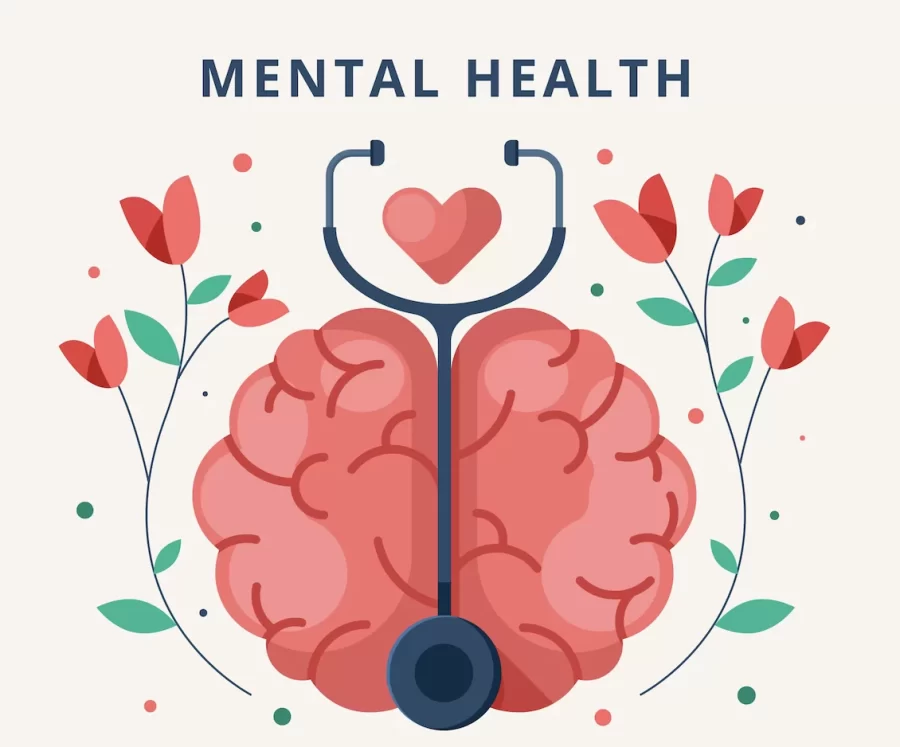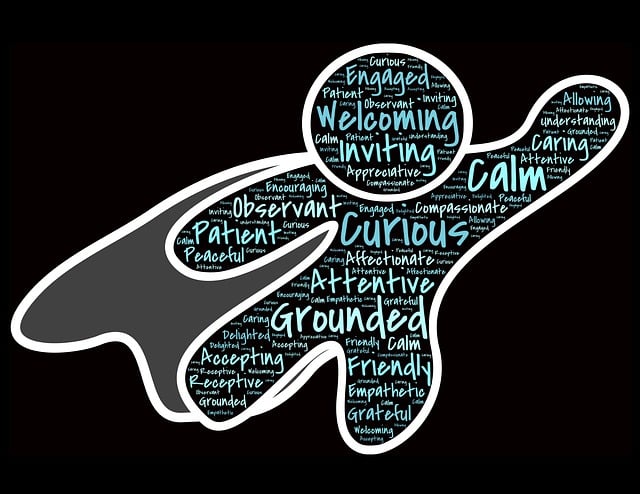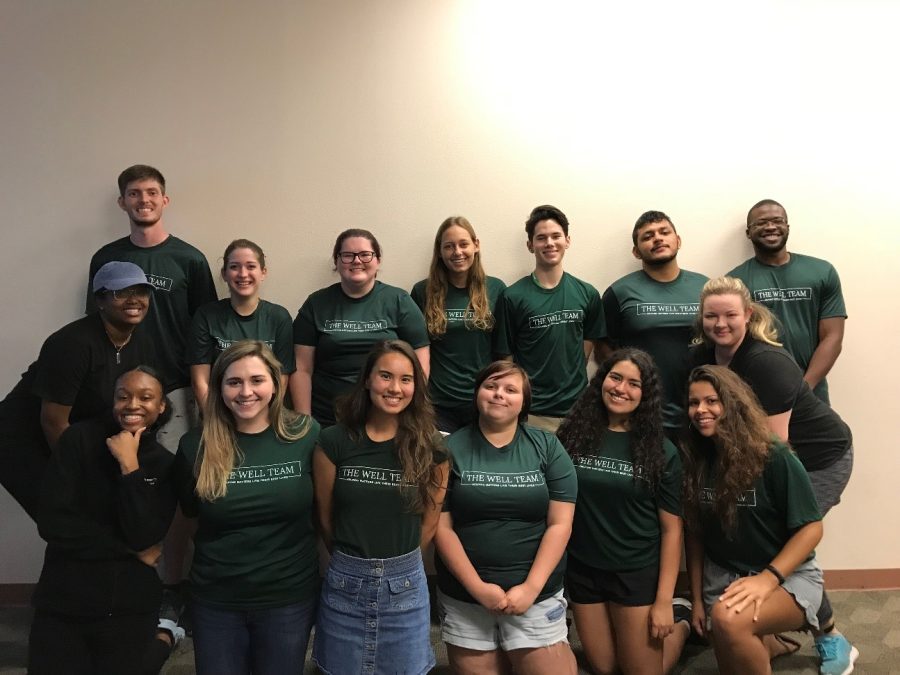Op-Ed
NEW YORK — Feb. 27, 2025
Nowadays, journalists are continuously being told to play it safe. Time and time again, I have been told to “color inside the lines,” especially in the face of controversial topics and political issues. I understand why journalists and outlets have these conventions in place: personal safety, legal protection, or to maintain a neutral image. I guess some things are just not meant to make it to press.
I was previously one of these journalists who was okay with coloring in the lines and writing about whatever fit the theme of the next issue; that all changed when I attended the College Media Association’s “ProCon’25” in New York City, alongside some other members of Hatter Network.
Unlike other schools that sent larger teams, our group was fairly small–just Natalie McCoy, Colin Rhoads, Breanna Gergen and myself. As the incoming Executive Editor of The Reporter, I was told this trip would sharpen both my leadership and journalistic skills. I expected to pick up tips, meet some pros, and maybe grab a few ideas for the coming year. I knew that on this trip, I would likely receive some good advice, but what I didn’t expect was for it to completely reignite my passion for journalism and solidify my desire to pursue it as a full-blown career.
Like the many student journalists who have decided to just “color in the lines,” I was previously complacent about what my section staff and I were writing and how we were approaching it. Recently, however, a rather (in)famous journalist, Michael Koretzky—a.k.a. “Journoterrorist” —lit a fire under my seat.

A somewhat jaded man who has pushed many envelopes in his time, Koretzky first crossed paths with me and my fellow staffers during a critique of The Reporter. After getting scammed out of $80 at a gyro cart, we ran back into the Times Square Marriott Marquis to make it to our critique appointment at 1 p.m. We were soon directed to the table where we would meet our critic; enter Koretzky, and a woman whose name I unfortunately didn’t catch. As amateur journalists who had only received critique from professors and alumni, it was nerve-wracking at first to even consider that a real veteran of the craft would pick apart our piece, and had about 24 hours to do so. To make tensions stronger, the aforementioned young woman was singing Koretzky’s praises to us, talking about how great he is and exalting his work as a teacher and journalist, and that we should listen to what he says.
Never in my life have I had such an information-packed 50-minute session. We walked through formatting, Associated Press style, story choices, improving readership, etc. What set this critique apart, however, is that in a space where I’m trying to pick a professional’s brain, he’s picking ours back! Koretzky asked us about our incoming positions, what our favorite pieces were in the magazines we had given him, what we would get rid of if we could, what we would change, and what we would add.
The most notable moment to me was a question about my layouts. Anyone who knows anything about my print work knows that I follow a consistent format of “title: subtitle,” with several little subheadings dividing my sections apart. Now, I don’t do this for my health, there is actual reasoning behind this, a journalistic theory called the “F-method.” Not to bore you with the details, but his method refers to the way readers tend to scan both online and print content, resembling the letter “F.” Typically, a reader may start horizontally across the top title, then scan down, skimming over paragraphs, then horizontally again at the sight of a picture or new subtitle before scanning down again. Readers will do this for the entire piece before determining whether or not they are interested in whatever I have to say and end up committing themselves to the words on the page. I also do it so that my writing is broken up into small, digestible chunks; no one is interested in looking at a dense wall of text on a colorful page.
As I described the method to my madness, Koretzky smiled and sat back while I rambled on. He told me that it was refreshing to see someone think strategically rather than tactfully about what they put on the page, and how it will affect their readership long-term. He even said I was “wise beyond my years”— a moment which might have been insignificant to him in the grand scheme of things, but life-altering to me and my trajectory. This affirmation gave me an even stronger excitement to take on the role of Executive Editor and soon, my postgraduate endeavors.




